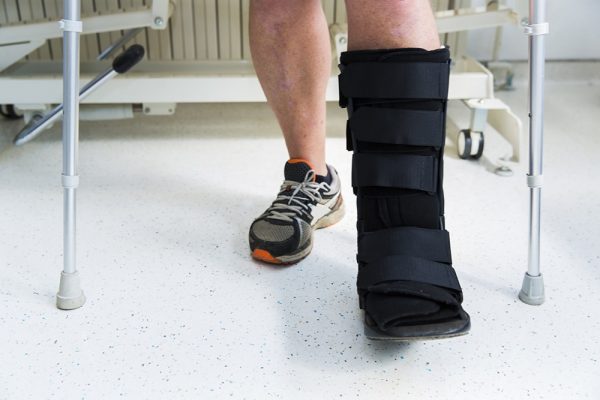The Achilles tendon, located at the back of your leg, connects your calf muscles to your heel bone. It’s essential in allowing you to walk, run, and jump. However, it’s also prone to injury, particularly for athletes or active individuals. An Achilles tear can be a severe type of injury that can significantly affect your daily routine. In this blog post, we will discuss when an Achilles tear is serious and how physiotherapists or chiropractors can help.
There are two types of Achilles tears: partial and complete. A partial tear happens when the tendon is partially torn, while a complete tear occurs when the tendon is entirely ruptured. The seriousness of the injury depends on the extent of the torn tendon. It is important to note that either form of injury, you should not push through an Achilles tear as it can further the injury.
Partial tears can occur without symptoms and may not need immediate medical attention. They can be treated with rest, ice, and physiotherapy to strengthen the tendon. However, if left untreated, even partial tears can develop into complete tears, leading to more severe symptoms.
In contrast, complete Achilles tears are more severe. Aside from the sudden, sharp pain in the back of the leg, a complete tear can also cause swelling, stiffness, and bruising. You may also experience difficulty walking or standing on your toes. In severe cases, you may even hear a popping sound at the time of the injury.
For athletes or active individuals, a complete Achilles tear can be a significant setback. It can take several months, if not longer, to fully recover, and you may not be able to participate in sports or activities you enjoy. However, early diagnosis and treatment can help speed up the recovery process and prevent further damage.
If you suspect that you have suffered an Achilles tear, it’s essential to consult a healthcare professional immediately. Your physiotherapist or chiropractor can assess the extent of the injury and provide the appropriate treatment. They may recommend physiotherapy, stretches, massages, or in severe cases, surgery.
Physiotherapists and chiropractors can also help prevent Achilles tears from happening in the first place. They can guide you with exercises to improve the strength and flexibility of your calf and ankle muscles. They can also help you assess your footwear and running or training technique to reduce the risk of injury.
Achilles tears can be a severe type of injury that can significantly affect your daily routine and activities. Physiotherapists and chiropractors can help diagnose and stop the progression of Achilles tear injuries, depending on its severity. Whether it’s partial or complete, it’s essential to seek immediate medical attention to prevent further damage and speed up the recovery process. With the proper treatment you don’t have to deal with an Achilles tear for the rest of your life. Remember that prevention is always better than cure, and healthcare professionals can also guide you on how to reduce the risk of Achilles tears from happening again.
For expert insights on symptoms and management, visit our Achilles Tears Resource Hub.





